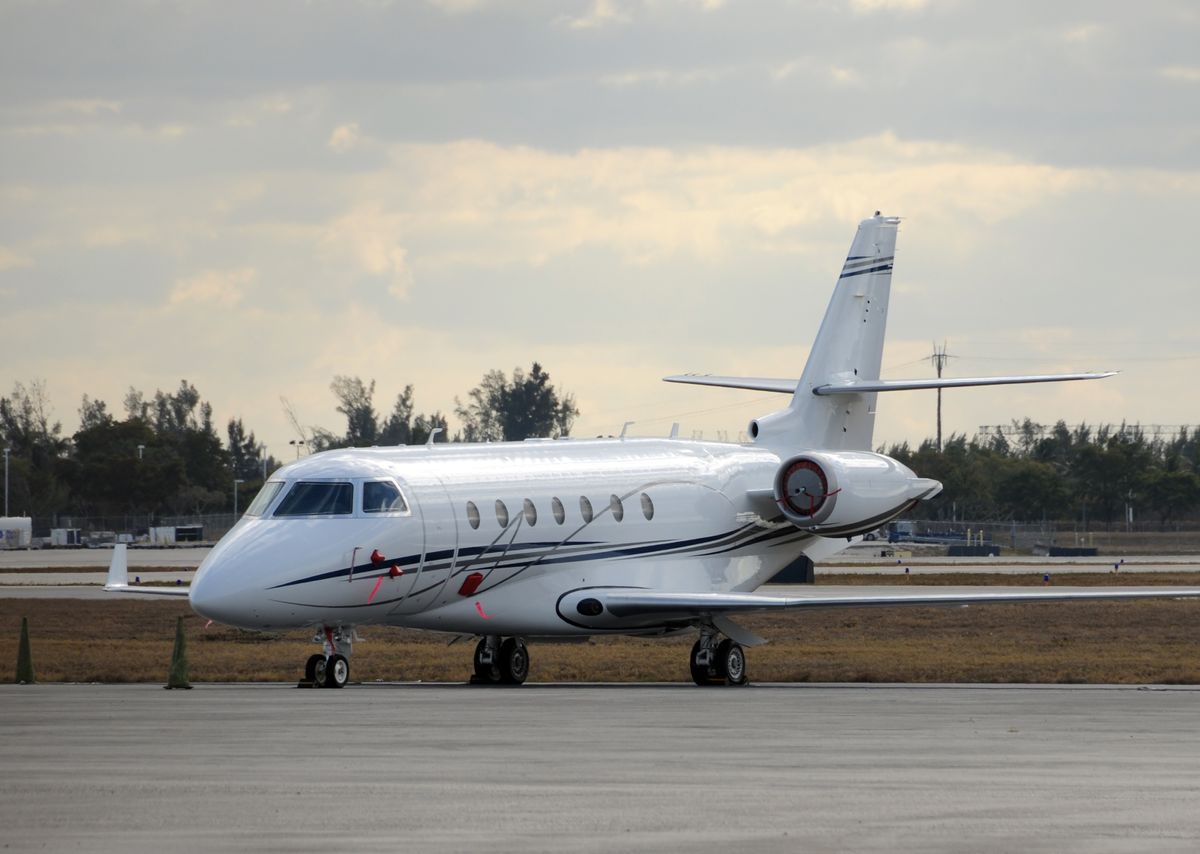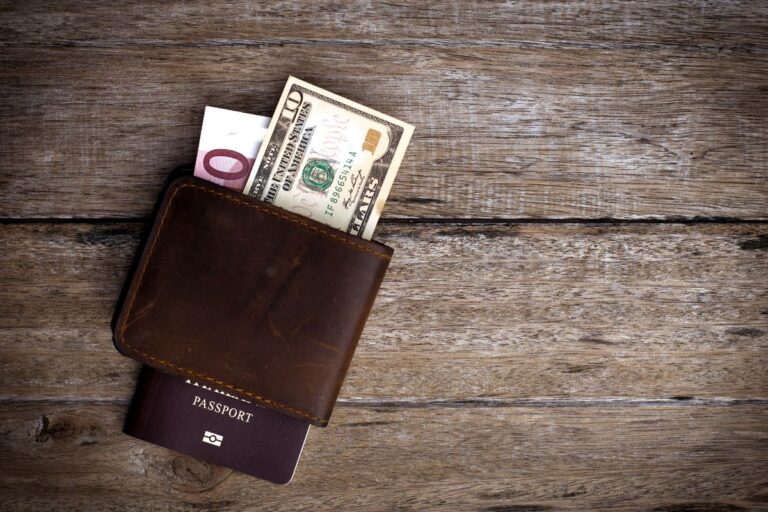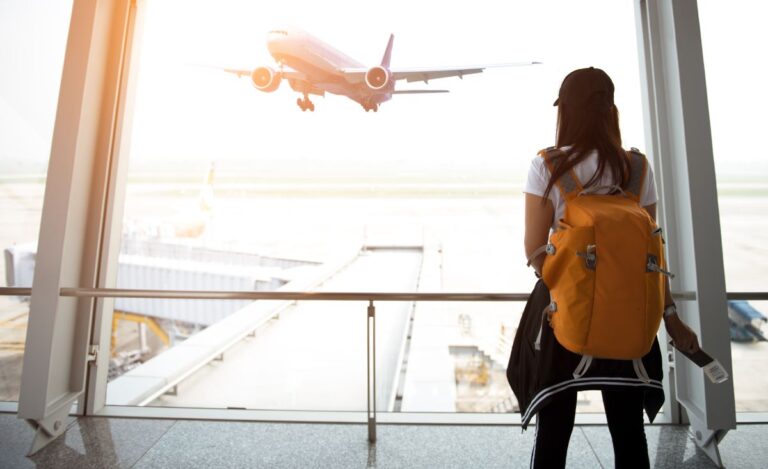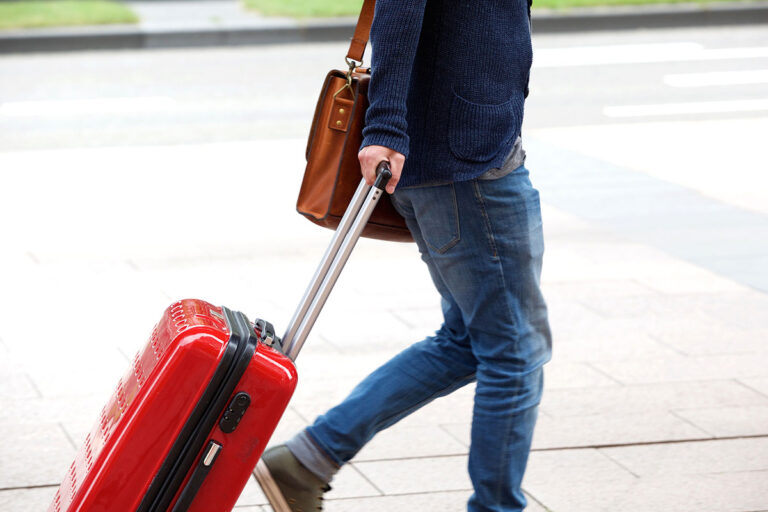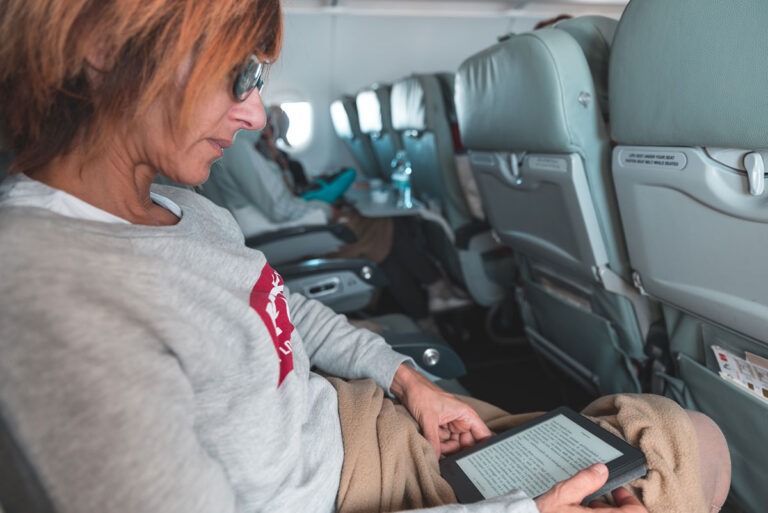When I fly, I like to think about having a safe and easy landing. This comes from having tires on the landing gear for a commercial passenger jet. If that landing gear fails to come down, as we’ve all seen in the movies, the jet cannot land safely.
You are talking about a plane crash and a potential firestorm. This can only be prevented with the use of new or retreaded jet tires that are capable of withstanding the weight and speed of a jet plane touching down. Find out more about how often a commercial jet needs new tires and retread your knowledge of aviation in the US.
How Many Tires are on a Jet Airplane
A jet airplane has anywhere from six to 14 tires, as in the case with a Boeing 777 plane. The tires on a Boeing 777 are 265 pounds each in weight and measure 120 centimeters in diameter, which is 47.244 inches and nearly four feet wide. That’s much longer than the car tires on my Subaru Outback, for sure!
I never really thought about how large these tires are until just now. This makes you pause to truly consider the overall size of commercial jets–especially the JumboJet.
The Airbus A380, which is another JumboJet style double-decker passenger plane, has even more tires at 22 total. Then there are the 32 tires that are equipped on the Antonov An-225. All in all, tires are a lot more than rubber for these aircraft.
The tire arrangement for every commercial jet is arranged to maximize safety and a smooth landing.
Plan Your Perfect Trip
Get a personalized AI-generated travel itinerary in seconds
To have one tire out of position or low in tread can be detrimental to the landing of these large aircraft. Therefore, it is important for aircraft technicians to manage tires for jet airplanes according to the flight patterns of the aircraft. They must also take into account the type of commercial jet tire in operation.
If the tire has been retreaded, the number of times the tire is retreaded must be factored in.
What’s in a Commercial Jet Tire
Tires for a commercial jet need to be replaced for a number of reasons. This includes replacing tires that are no longer suitable, which goes well beyond your basic bicycle or car tires.
As noted by Airways Mag, “Also, these super strong rubbers are reinforced with cords of nylon or a synthetic polymer called aramid—all of which are tightly embedded under the tire’s tread.”
Aramid fibers stands for aromatic polyamide. These are heat resistant and strong enough to withstand space age and military applications.
According to ScienceDirect Topics, “Aramid fiber was the first organic fiber used as reinforcement in advanced composites with high enough tensile modulus and strength. They have much better mechanical properties than steel and glass fibers on an equal weight basis. Aramid fibers are inherently heat- and flame-resistant, which maintain these properties at high temperatures.”
This is an optimal choice when it comes to managing the hefty tasks that the commercial jet tire must endure on every trip.
How Often to Change Jet Airplane Tires
The amount of use a commercial jet gets out of its tires is also far more than you might realize. An article by Wired states: “Aircraft tires are amazing when you think about it. The typical airliner tire can handle a 38-ton load.
It can meet the ground 500 times before needing a retread.” The retreading process is also known as recapping tires is important to the bottom line for transportation businesses.
According to Airline Ratings, “Some recapped tires will last for up to 100 landings, while others will last for less than that, but maintenance personnel and flight crews continually inspect tires for damage or wear.”
Being able to manage the aircraft tires when traveling over international waters and in arctic climates can also be more challenging and require tire changes more often.
Therefore, a tire can last for 500 times hitting the ground before it is retreaded, after which it can land for about 100 more landings. That’s a total of 600 landings per airplane tire for a commercial passenger jet.
New Tires Versus Retreads for Jet Airplanes
If you are not sure what a retread is for a commercial tire, this is the same process that is involved with commercial truck tires. The 18 tires on a tractor-trailer that hauls freight are also retreaded; this is, in other words, a common and federally safe practice. But what is retreading tires if you are new to the concept?
Retreading a tire is the art of taking a hard rubberized tire, such as those used in commercial and military vehicles, and making it new again. The way these tires work differs from car or passenger truck tires, which are filled with an inflatable tube. A commercial airplane tire does contain an air tube: “The high-flying rubber is typically inflated to 200 psi, roughly six times what you put in an automobile tire, and the tires on an F-16 fighter are pumped to 320 psi,” states Wired.
Plus, this type of tire is made of hard aramid fibers and very tough rubber material. This increases the durability and wear and tear of these tires over a long haul and in extreme conditions. Furthermore, this material is excellent for retreading so that pilots can maximize the expenditure on the aircraft.
When you retread a tire for a jet airplane, a soldering iron is used to remove parts of the tread along the grooves of the tire. The reason this is necessary is to remedy any slick tires that are advancing in wear and age. In order to gain the greatest amount of traction, these tires are resurfaced using a tool to apply new treads, which are the grooved tracks, along the tire’s surface.
While you would never expect to do such a thing to a car tire, this is exactly what commercial jet technicians do to save money and resources with jet airplanes.
Travel Budget Estimator
Get a detailed estimated budget breakdown for your trip (AI generated)
()Please note that portions of this article was created with the aid of AI.



